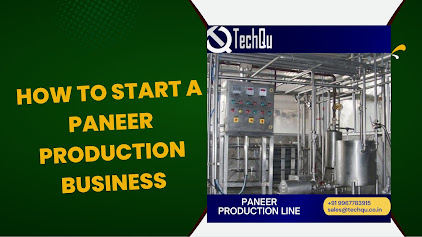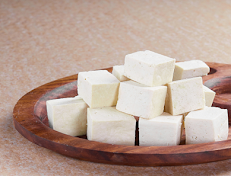How to start a Ice Cream Production Plant?

Ice cream is a frozen blend of a sweetened cream mixture and air, with added flavorings. A wide variety of ingredients is allowed in ice cream. However, you must maintain the minimum amounts of milk fat, milk solids (protein + lactose + minerals), and air in ice cream making. The per capita consumption of ice-creams in India is approximately 200 ml. per annum. However, the average global per capita consumption is 2 liters. The lowest per capita consumption of ice-cream leaves ample scope for Ice cream products in general in India. The increase in per capita income in the urban population with a fast-changing lifestyle is driving the ice cream market presently. Steps to Start an Ice Cream Making Manufacturing Business - 1. Ice Cream Demand in the Market The frozen dairy production follows a clear seasonal pattern. Summer is the unchallenged season for eating ice cream and other related products. Production kicks up in March and April to fill retail and foodservice pipelines


